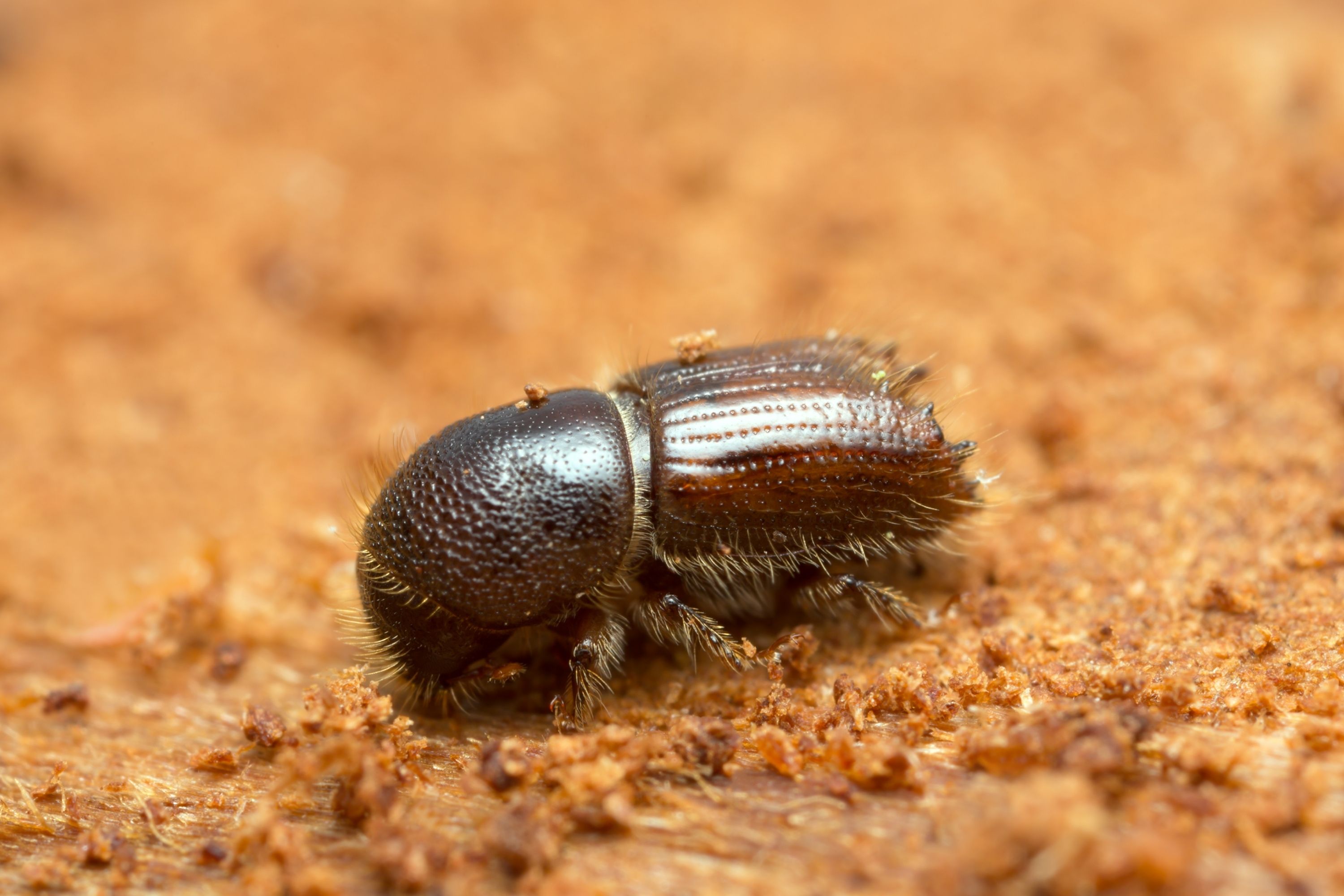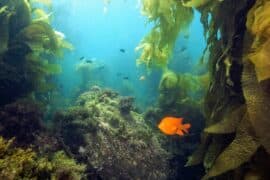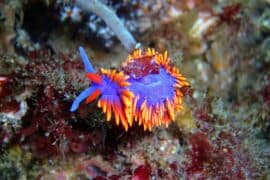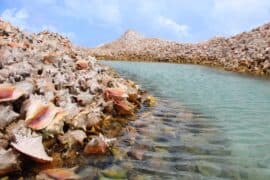Spruce beetle
(Dendroctonus rufipennis)

Description
Dendroctonus rufipennis, the spruce beetle, is a species of bark beetle native to British Columbia, Newfoundland and Labrador, Nova Scotia, Ontario, Quebec, Northern Manitoba, the Yukon, Colorado, Wyoming, Montana, and Maine. They are known to destroy forests of spruce trees including Engelmann, White, Sitka, and Colorado blue spruce. Adults average 4 to 7 mm in length. The spruce beetle Dendroctonus rufipennis Kirby (formerly D. obesus Mannerheim (== D. engelmanni Hopk.), about 6 mm long, is one of the larger bark beetles found in spruce (Rose and Lindquist 1985). White spruce and Engelmann spruce are the principal hosts (Wygant and Lejeune 1967). The beetles are attracted strongly to blowdowns, cull logs, and freshly-cut logs. Outbreaks of the spruce beetle, a transcontinental North American species, have been devastating to white and Engelmann spruces throughout western North America, from Arizona to Alaska, while smaller outbreaks have occurred in Alberta and Saskatchewan (Ives and Wong 1988). The spruce beetle is the most serious pest of mature and overmature interior spruce in British Columbia (Cottrell 1978); small-diameter, rapidly growing trees were least susceptible to attack or death from spruce beetle and the greater susceptibility of large-diameter, slowlygrowing trees was more closely related to recent radial growth than to diameter (Hard et al. 1983). Measures that maintain radial growth rates offer the most likely defence (Hard 1985, Hard and Holsten 1985, Safranyik 1985). The initial attack in the lower trunk is indicated by the red boring dust in the bark crevices and by pitch tubes, especially when weakened or recently dead trees are attacked. Overwintering adults construct egg tunnels for brood 1 in June, and a second set of tunnels in late July for brood 2. Some members of brood 1 emerge as adults in late July and construct additional tunnels, while others overwinter as mature larvae and emerge as adults in July, along with another segment of the population that has overwintered as early larvae. A smaller bark beetle often found in spruce is the foureyed spruce bark beetle Polygraphus rufipennis Kirby. The insect has a 1-, 2-, or 3-year life cycle, with 2-year being the most common, in which the flight and attack period starts in June or soon after most of the snow around the trees has melted.
Taxonomic tree:







